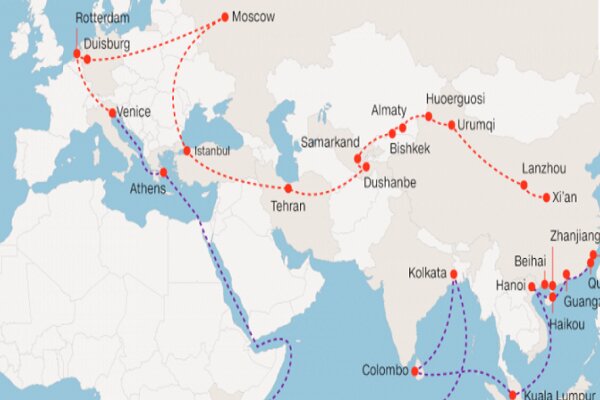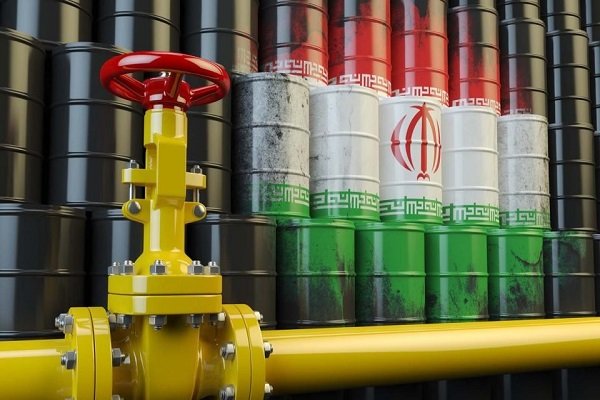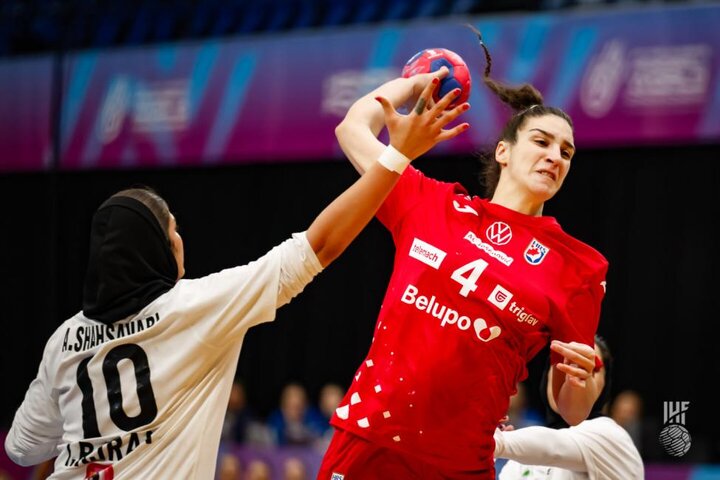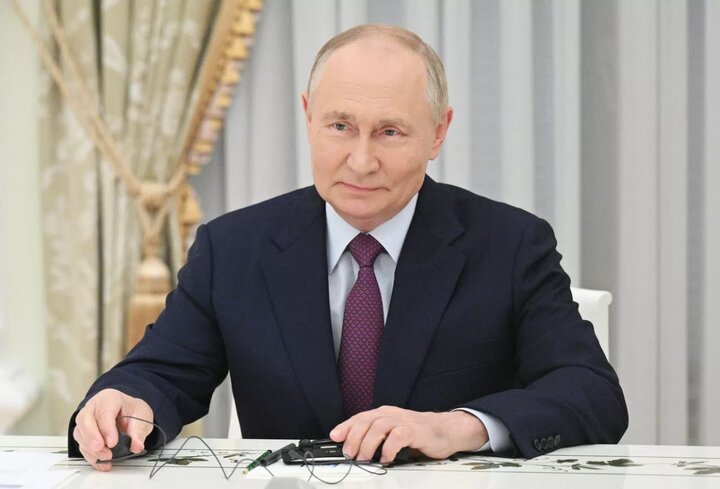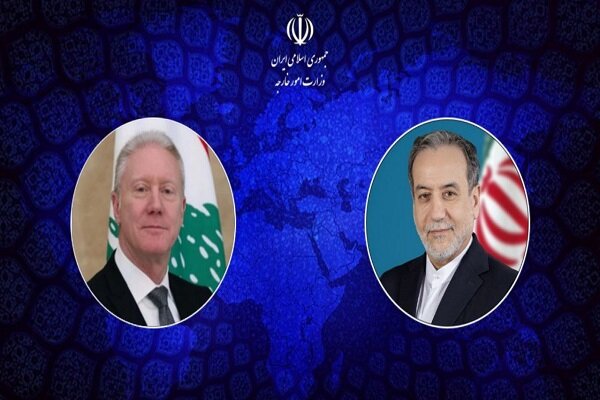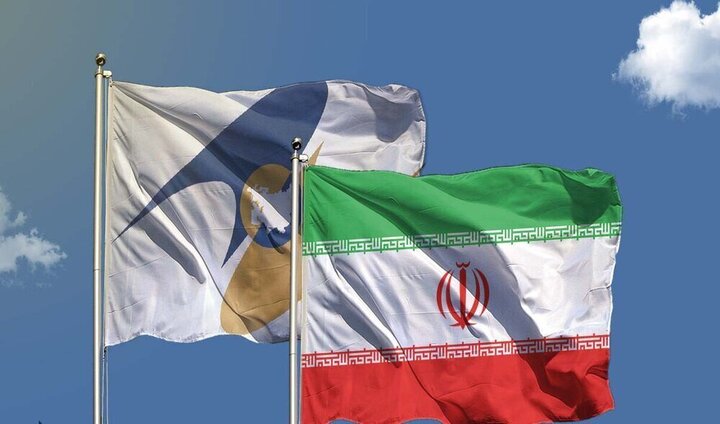
The adviser to the head of the TPOI for international affairs pointed to the FTA between Iran and EAEU inked on December 25, 2023, and noted that this agreement will be put into operation after being approved by the parliaments of Iran and member states of the union.
It is expected that it will take from one year to one and a half years to be officially implemented, Mir Hadi Seyyedi stated.
Elsewhere in his remarks, Seyyedi pointed to the role of the government in promoting trade with the EAEU member states and called on the government officials to strengthen the trade infrastructures in terms of transportation and customs rules, etc. to facilitate the trade relations between Iran and Eurasia.
Turning to the problems facing the money transfer between businesspeople, he added that monetary pacts have been inked in rial and ruble, and also a Letter of Credit (L/C) has been launched between Iranian and Russian banks which can help promote the financial transactions.
It is for about six years that intensive talks have been ongoing between Iran and the EAEU member states over the implementation of the FTA, he continued.
Before launching the Free Trade Agreement, the trade exchange value between Iran and EAEU member states within the framework of the Preferential Trade Agreement (PTA) stood at $2.5 billion, the rate of which is expected to increase to $20 billion with the implementation of FTA, Seyyedi added.
The free trade agreement between the EAEU and Iran was signed during the EAEU Summit in St. Petersburg on December 25, 2023.
In 2018, Iran and the EAEU inked a Preferential Trade Agreement (PTA), which came into effect on October 27, 2019. The two sides later began negotiations to upgrade the PTA to an FTA after the success of the former.
SD/TSN
